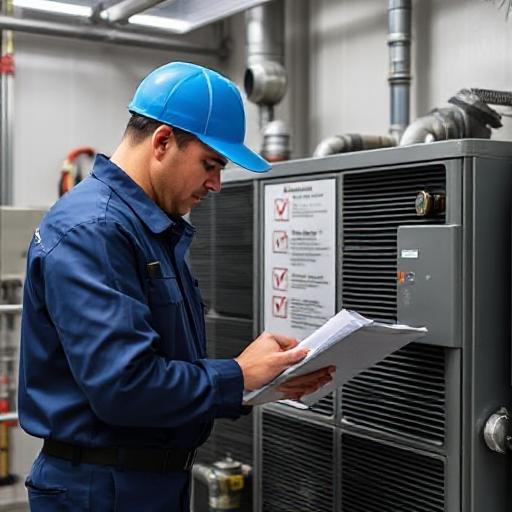Creating HVAC Safety Checklists that Technicians Use
Hey there, HVAC professionals! Ensuring safety on the job is more than just a good practice—it’s a necessity. With over 7,900 workplace injuries reported back in 2020, it’s clear that safety should be at the forefront of every technician’s mind. In this post, we’re diving into how you can create effective HVAC safety checklists that your team will actually use. Let’s make safety a priority together!
Understanding HVAC Safety Procedures
There are several key areas of safety that every HVAC technician should be aware of. From electrical safety rules to gas and refrigerant handling, each aspect plays a crucial role in keeping you and your team safe. Let’s break down some essential procedures.
Electrical Safety
Electrical safety is paramount. Before you start any work, ensure all power is disconnected. Familiarize yourself with lockout/tagout procedures, inspect tools and cords, and always verify circuits are de-energized using a non-contact voltage tester or True RMS multimeter. These steps are not just part of a checklist—they’re lifesavers.
Gas and Refrigerant Safety
Handling gas and refrigerants requires diligence. Use a gas detector that meets EPA protocols, ensure proper ventilation, and adhere to strict storage and handling guidelines. Remember, refrigerants must be managed according to manufacturer guidelines and EPA standards.
Pre-job and Post-job Safety Checklists
Creating a pre-job checklist is a great way to start your day on the right foot. Review job orders for site-specific hazards, inspect the work area for potential trip and lighting issues, verify tool and fire extinguisher readiness, and ensure your first aid kit is stocked.
Wrapping Up the Job
Once the job is done, it’s important to have a routine to follow. Clean up the area, re-inspect the installation, perform functional tests on the HVAC system, and communicate service outcomes along with the next maintenance steps with your customers. These post-job routines help ensure both safety and satisfaction.
Key Safety Protocols for HVAC Technicians
- Always use personal protective equipment (PPE) like safety glasses, gloves, and hard hats.
- Be aware of common hazards such as falls, electrical shocks, and exposure to hazardous chemicals.
- Follow OSHA compliance and safety protocols diligently.
Conclusion
Safety in HVAC isn’t just about following rules—it’s about creating a culture of care and attention. By integrating comprehensive safety checklists into your daily routine, you’re not only protecting yourself but also ensuring the best service for your clients. Let’s make safety second nature!
Ready to enhance your safety practices? Start implementing these checklists today and see the difference they make in your daily operations.
FAQ: HVAC Safety Checklists
What are the essential components of an HVAC safety checklist?
Your checklist should include PPE requirements, electrical and gas safety protocols, and pre-job and post-job routines.
How can I ensure my HVAC team follows safety procedures?
Regular training sessions and clear, concise checklists can help reinforce the importance of safety protocols.
What are common hazards HVAC technicians face?
Technicians often encounter risks like falls, electrical shocks, and hazardous chemical exposure.
Why is it important to have a post-job routine?
Post-job routines ensure the work area is safe, installations are secure, and customers are informed of service outcomes.
How can I improve safety communication with my team?
Hold regular safety meetings, encourage open communication, and provide accessible resources to help your team stay informed.


